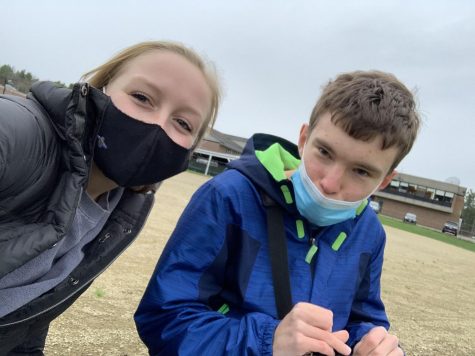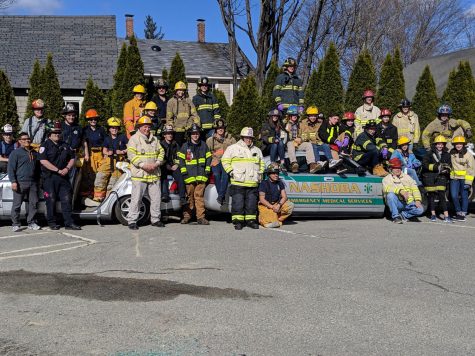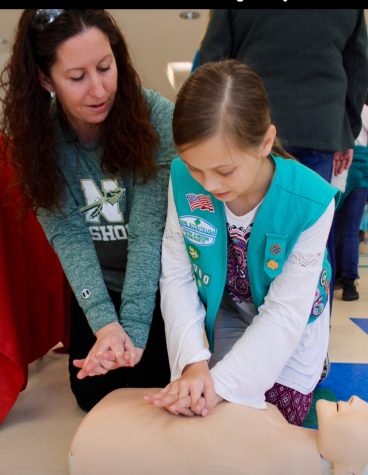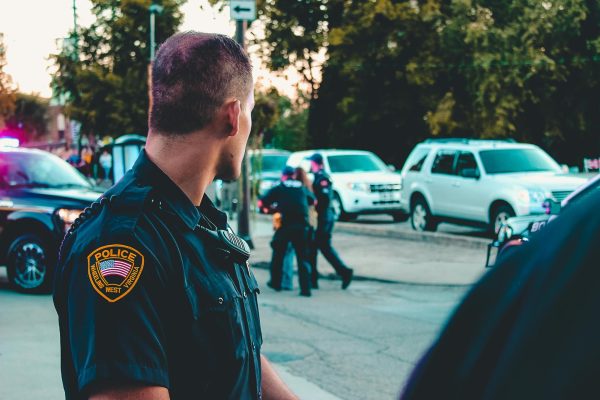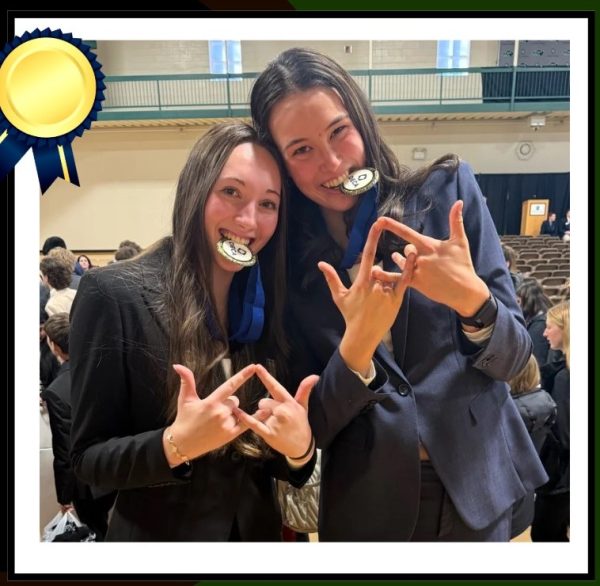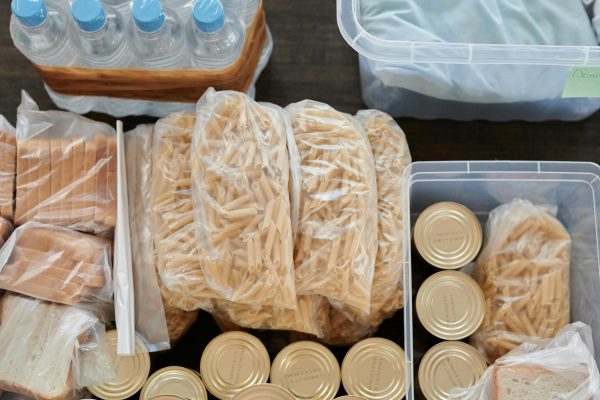Watch out, the Rubik’s cube has made its comeback!
The popular Rubik’s cube from 1980s is making its comeback at Nashoba. Who hasn’t seen these mysterious cubes around or tried to solve one till frustration? It’s time to meet Keenan Doyle and Colin Willoughby who are two of the hidden gems of Nashoba. Not only does Keenan master rubik’s cubes but he is a freshman who plays soccer in the fall and runs indoor and outdoor track. In his free time he plays airsoft with his friends in his back woods. Colin himself is a junior at Nashoba.
Colin initially became interested in Rubik’s cubes when he was at a toy store in the mall when he was ten years old. For Keenan, this is a newer interest as his indoor track friend got him interested in these magical cubes this November. That 3D-combination puzzle was invented by Ernö Rubik in 1974 in Budapest, Hungary. More than 300 million Rubik’s cubes have been sold worldwide and if all the cubes were placed on top of each other they could reach the North Pole from the South Pole!
Keenan recommends this activity to everyone who is willing to learn. However, Colin reminds that it takes time, concentration, and commitment. “Even though tutorials can make it easy to learn, there is still a lot of practicing involved if you want to be able to solve it by memory,” Colin notes. If one is ready for dedicated study, it can take about two weeks to master it as in Keenan’s case.
“To solve a Rubik’s cube you need to learn a series of steps that come usually right after each other and eventually, or magically as some people say, the cube comes together,” Keenan explains. “ The cube is based off of three rows, top, middle, and bottom. You need to solve each row, or layer, to solve it. There are different steps to solve each layer.”
Colin played with it for a few months and learned how to solve it from tutorials online, which he finds really helpful. He didn’t use it much afterward until last year. “I remember a day when my English teacher Mrs. Bailey was out sick, and I decided to solve her rubiks cube she always had next to her desk. After she came back the next day, she was amazed that I had solved it and it sort of inspired me to start practicing again to try and become faster at it,” Colin remembers.
In the end, it was worth practicing. After solving his first one, Keenan felt amazing but very confused because he didn’t quite know what he was doing yet although he points out that it is very easy to do once you have the steps down for solving it. “Obviously it felt great! It’s pretty satisfying when you make your final moves and it all comes together,” Colin states.
There are even annual International Rubik’s Championships that have been held since 1982 and the current world record, a unbelievable 5.55 seconds, was set in March 2013, by Mats Valk. “My record is a little over 30 seconds, but on average I can usually solve it in around 45 seconds,” said Colin. Even though Keenan says that he is not really good at speed, his personal best so far, 1 minute 55 seconds is still impressive. He mentions that some of his friends can solve it even as fast as around 1 minute.
Even if Keenan and Colin don’t think Rubik’s cubes are that common, it seems like this magical skill is spreading out in Nashoba. “I think they have become more popular in the school recently than they have been in the past couple of years,” says Colin. They both agree on Keenan’s comment that it is an infectious thing: “You solve a cube in front of your friends and they’re amazed and just want to know how it’s done. Then it’s like a chain reaction.” Colin has been teaching some of his friends in his classes how to do it, and he says that people seem to think it’s fun.
Now it’s your turn to catch that cube before it catches you!

